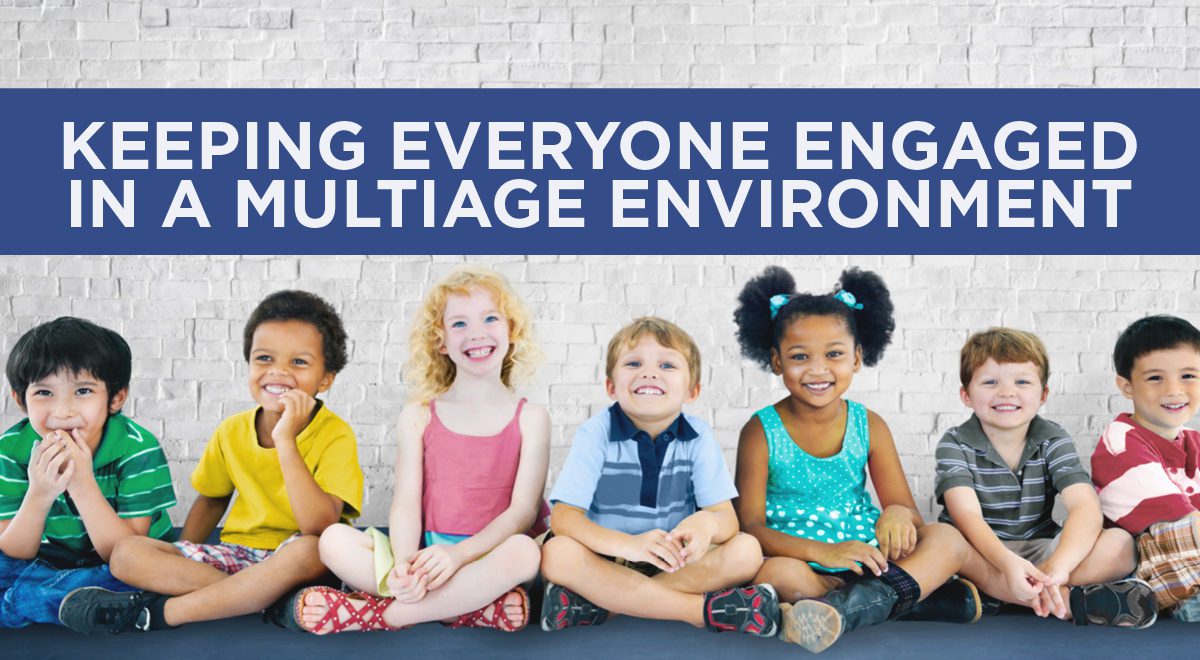 On a recent family vacation, we had an opportunity to spend some time in a community preserved from early America. As we explored the different buildings and homes in the community, I was struck by the one-room schoolhouse. As I thought more about the model of the one-room schoolhouse, I wondered if there was application for what we do by engaging in large group experiences. The principle is exactly the same. We have multiple ages in our one room, learning biblical truth, but at different levels of understanding and engagement. What can we learn from early schoolhouses that can help us keep everyone engaged in the learning?
On a recent family vacation, we had an opportunity to spend some time in a community preserved from early America. As we explored the different buildings and homes in the community, I was struck by the one-room schoolhouse. As I thought more about the model of the one-room schoolhouse, I wondered if there was application for what we do by engaging in large group experiences. The principle is exactly the same. We have multiple ages in our one room, learning biblical truth, but at different levels of understanding and engagement. What can we learn from early schoolhouses that can help us keep everyone engaged in the learning?
First, plan with a purpose. If you use published curriculum most of those options come with a goal or end for each teaching session. If you keep the end in mind when you are doing your planning take care to phrase that end in a way that meets the needs of whatever ages are represented in your teaching environment.
Second, provide resources appropriate to the age of the child. When teaching with a specific goal in mind, multiple age classrooms need to provide the age-appropriate resources for engaging kids on their level of understanding and ability. If a child is engaged in this way, she will more likely engage with the teaching.
Third, provide choices. Providing choices will give the kids you teach the opportunity to learn in the way they like best. You might be surprised that preteens would choose to do an activity that might be more geared toward younger learners because deep down, those preteens might really not be ready for grown-up activity. Providing choices gives kids the experiences they need to remain engaged.
Finally, allow peer interaction. This is probably the most important as older kids can assist well in keeping younger peers engaged. Allow some discussion in a large group that allows older kids to mentor younger kids. Don’t feel that you have to answer all the questions. Let dynamic conversations happen and be available to assist if misunderstanding occurs.
The one-room schoolhouse model successfully raised generations of Americans, and we can learn by what they did, and implement that learning as we teach in a multi-age environment.
Tim Pollard is passionate about helping kids dig deep into Scripture, which he pursues through his daily work as team leader for the Explore the Bible: Kids team. Tim lives with his wife and daughters in Mount Juliet, TN.


 »
»